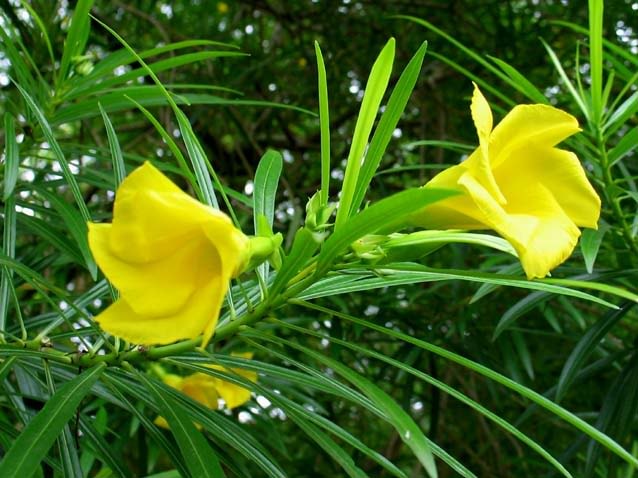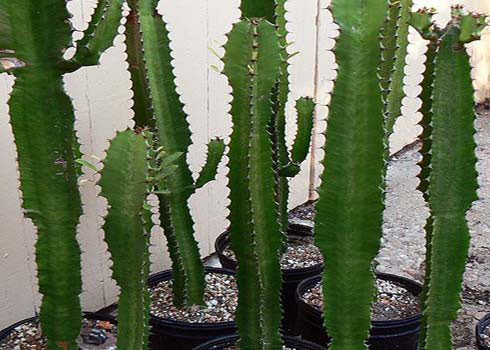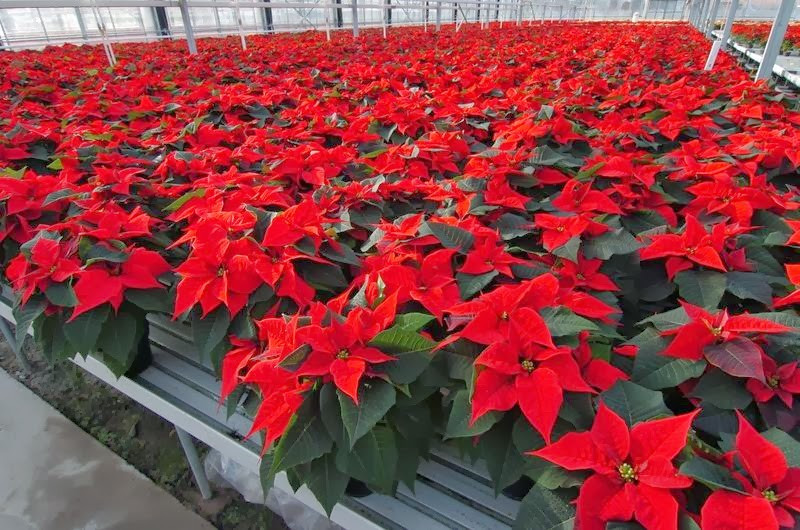10 common plants that contain very dangerous poisons
(Baonghean.vn) - Parasol trees, oleander, rhododendron and dieffenbachia are common plants but contain toxins that can be harmful to you.
» Cua Lo: More than 50 primary school students were poisoned after eating parasol fruit
» 54 students poisoned by eating corn kernels have been discharged from the hospital
1. Seeds of the parasol tree
 |
The wooden parasol tree has the scientific name Firmiana simplex and belongs to the Sterculiaceae family. In Vietnam, this tree is called the forest bo tree or single trom tree. Each wooden parasol tree can be up to 7m high. The tree often grows wild in the forest, especially in tropical rainforests or on limestone soil. In the season, people often harvest the seeds, leaves, and seeds.
Although the stem, leaves and sap are valuable medicines, the fruit and seeds of the tung tree contain the highly toxic substance curcumin, which can cause liver and digestive system diseases. If children accidentally eat tung tree seeds, they will have diarrhea, vomiting, stomachache, and burning in the throat. In severe cases of poisoning, the patient may suffer from central nervous system inhibition, cardiovascular disorders, and gastrointestinal bleeding.
2. Oleander
 |
You may find this flowering shrub attractive, but don’t be fooled! Oleander is one of the most poisonous of all common garden plants. Although it is especially poisonous to children, it is still planted in schoolyards out of ignorance.
Ingestion of oleander can cause both gastrointestinal and cardiovascular symptoms. Gastrointestinal symptoms may include nausea and vomiting, excessive salivation, abdominal lesions, and diarrhea that may or may not be bloody.
Cardiovascular symptoms include arrhythmia, sometimes characterized by a rapid heart rate followed by a slower rate below normal. The heart may beat irregularly and without any indication of a specific rhythm. More severe cases may result in paleness and coldness of the skin due to poor or unstable circulation. The effects of poisoning from this plant may also affect the central nervous system.
Symptoms may include lethargy, trembling of the limbs and muscles, seizures, collapse, and even coma, which can lead to death. Oleander sap can cause skin irritation, swelling, severe eye irritation, and allergic reactions typical of dermatitis.
3. Five-color flower tree
 |
Guava, also known as five-color flower, has the scientific name Lantana Camara L. The fruit contains the toxic substance lantanin alkaloid or lantadene A, which causes intestinal burning, muscle relaxation, blood circulation disorders and can lead to death.
4. Nightshademedicine
 |
This plant has many names such as Belladonna, Devil's Berries and Death Cherries. Both the leaves and the fruit are poisonous and can be fatal if eaten by children.
A plant unique to the Western Hemisphere, its poison causes delirium, hallucinations, dilated pupils, sensitivity to light, rapid heartbeat, loss of balance, headaches, rashes, dry mouth and throat, slurred speech, constipation, and convulsions. If not treated promptly, the person exposed to the plant's poison will die as the poison disrupts the functioning of several body organs such as sweat glands, breathing, and heart rate.
5. Pine tree
 |
It is a species of plant belonging to the Oleander family with lanceolate leaves, growing alternately, and a stem about 3 to 4 meters high. It originates from the Americas. Currently, this plant is widely planted along roadsides.
In Vietnam, the flowers of the pine tree are bright yellow, in some other places the flowers are orange-yellow, the flowers usually have 5 petals. The fruit is diamond-shaped and green. This tree contains many toxic substances in the flowers, leaves, fruits and seeds. The toxins include: thevetin, neriin, glucoside... which can cause death in humans.
6. Ornamental cactus
 |
The cactus has the scientific name Euphorbia trigona. The sap can cause skin and eye burns if in contact, numbness of the tongue and mouth, and vomiting if ingested.
7. Rhubarb
 |
Many people enjoy desserts made from the stems of this plant such as Rhubarb Pie, but they do not know that eating raw rhubarb leaves can be fatal. Eating large amounts of raw or cooked rhubarb leaves will cause difficulty breathing, mouth and throat burns, and if not treated within 1 hour, will lead to convulsions, internal bleeding, coma and eventually death.
8. Poinsettia
 |
Poinsettia is a plant that stands out with its fiery red, pink, or white bracts and clusters of small yellow flowers in the middle. Poinsettias are popular for display in homes during Christmas and other holidays because of their cheerful appearance and lucky name. However, the sap of the poinsettia plant can irritate the skin and eyes like other plants in the Euphorbia family. Eating poinsettia leaves can cause diarrhea or vomiting.
9. Dieffenbachia
 |
Evergreen, native to the tropical forests of North and South America and the West Indies. One of the most commonly used foliage plants, it is easy to grow with many diverse species and is used in interior and exterior decoration, but it is also the most poisonous plant in the world. Chewing any part of this plant causes severe pain in the mouth and throat, excessive salivation, and in some cases, swelling of the throat and leading to suffocation.
10. Rhododendron
 |
Rhododendrons are a popular ornamental flower. During Tet, Vietnamese families often plant a few pots of rhododendrons in their homes to wish for prosperity and abundance in the new year. The roots, stems, leaves and flowers of rhododendrons contain toxins that cause nausea, vomiting, dizziness and difficulty breathing. Children weighing 25kg will be poisoned if they eat 100-250g of rhododendron leaves.
Pear Flower
(Synthetic)
| RELATED NEWS |
|---|


